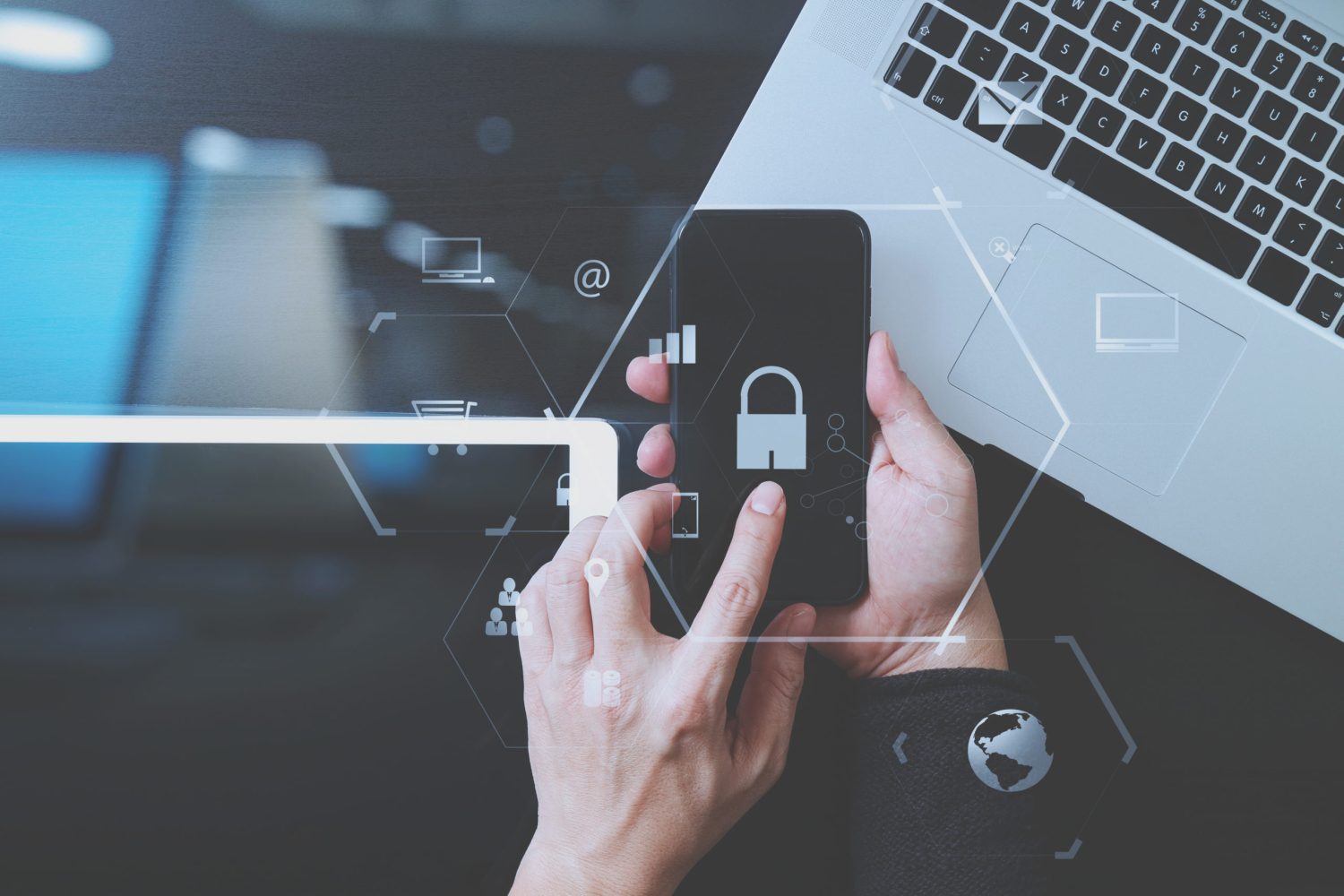Meetings & Elections Are Now Digital – Their Security Can’t Be Ignored
Member-organizations have had to quickly pivot their meetings and elections from in-person to digital events. While the rapid shift in doing business is admirable, crucial areas of focus – such as security – can get lost along the way.
When assessing your online meeting and voting software, here’s what to look for to ensure you’re locked down, protected against hacking and can be assured your online election results are air tight and unquestionable.
Software
- Be sure your software vendor is designing and customizing forms to your specifications. Your needs are, undoubtedly, unique and not one size fits all.
- Make sure any and all third-party vendors have a disaster recovery plan, and you know the specifics of that plan.
- Ask if your online meetings and election software is SOC 2 compliant. The American Institute of CPAs developed SOC 2 as a set of compliance requirements applied to customer data stored in the cloud. SOC 2 compliance is a key indicator that organizations are following critical safety and security procedures.
- New software solutions can be a great novelty, but when it comes to something as serious, secure and transparent as an election, be sure your software is field-tested, reliable and hardened.
Monitoring & Auditing
- Software, particularly for elections, is not a “set it and forget it” product. It requires ongoing vulnerability assessments including daily malware scans for all associated web applications.
- With that should also be the guarantee of 24/7 monitoring with immediate response and resolution to any issues that may arise.
- Do your homework – does your third-party software vendor provide third-party audits? Is their infrastructure secured and managed by highly trained and certified engineers? If not, walk away.
Hosting & Encryption
- When looking into third-party software, especially for online elections, insist on additional information about how elections are hosted and look for maximum uptime and availability.
- Also ask about data co-location. Simply put, if your organization’s data is stored in the cloud, it is stored in a data center somewhere in the world. When a data center has increased “redundancy,” it refers to the amount of backup power available so your data is protected in the event of a power grid outage or natural disaster. In short: Know where your data will be located, know if it will be backed up to a separate location if the first location fails and know the capacity of your data centers in case of power failure.
- Look for industry-leading encryption and authentication protection to ensure you’re protected against hackers.
Why does Survey & Ballot Systems know so much about voting security? Because our online meetings and elections software solutions all meet every one of the requirements above and tick all the highest safety and security boxes.
If you have questions about your third-party software solutions and if your online meetings and elections are as secure as they should be, contact us. We’re here to help.

